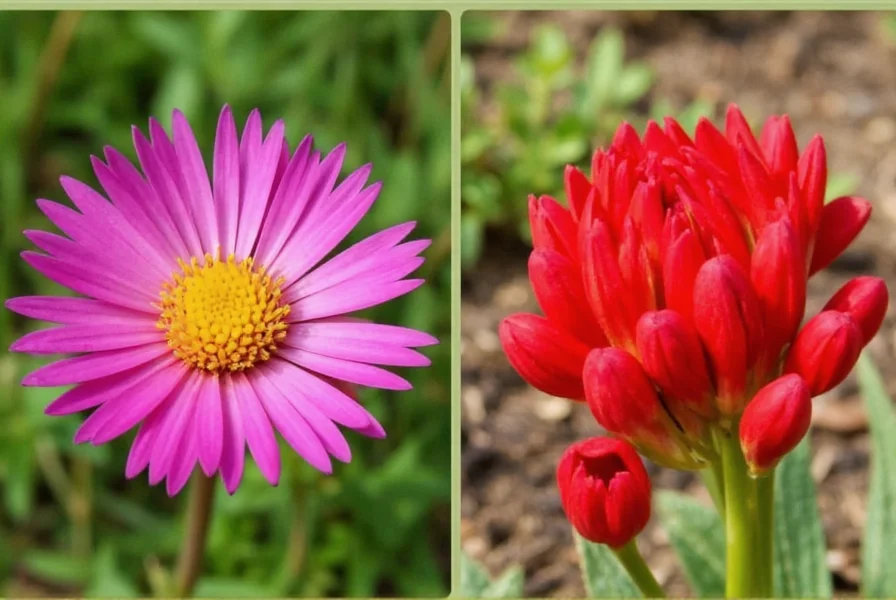Meadow saffron, scientifically known as Colchicum autumnale, represents one of nature's most fascinating botanical paradoxes. This perennial plant delivers life-saving medical benefits while posing potentially fatal risks if misused. Understanding its properties, applications, and dangers is essential for anyone interested in herbal medicine or plant identification.
Botanical Profile and Identification
Despite its misleading common name, meadow saffron belongs to the Colchicaceae family, not the Iridaceae family like true saffron (Crocus sativus). The plant features:
| Characteristic | Meadow Saffron (Colchicum autumnale) | True Saffron (Crocus sativus) |
|---|---|---|
| Flowering Season | Late summer to autumn (flowers before leaves) | Autumn (flowers with leaves) |
| Stamens | 6 yellow stamens | 3 red stigmas (the saffron threads) |
| Toxicity | Highly toxic (contains colchicine) | Non-toxic (culinary spice) |
| Height | 10-30 cm | 15-25 cm |
The most dangerous confusion occurs during harvest season when both plants may be present. Difference between meadow saffron and true saffron identification requires careful examination of the flower structure and growth patterns. Meadow saffron's leaves emerge after flowering, creating a distinctive "naked" appearance that earned it the nickname "naked ladies."
Medical Applications of Colchicum Autumnale
Modern medicine has harnessed colchicum autumnale medicinal uses through careful extraction and dosing of colchicine. This alkaloid works by inhibiting microtubule polymerization, which reduces inflammation. FDA-approved applications include:
- Treatment and prevention of acute gout flares
- Management of familial Mediterranean fever (FMF)
- Investigational uses for pericarditis and certain cardiovascular conditions
Clinical studies show that properly dosed colchicine reduces gout attack frequency by 75% when used preventatively. However, colchicine side effects can include gastrointestinal distress, bone marrow suppression, and in severe cases, multi-organ failure. The therapeutic window is narrow—effective doses approach toxic levels.
Safety Concerns and Toxicity
Is meadow saffron poisonous? Absolutely. All parts of the plant contain colchicine, with the highest concentrations in the corms (bulbs) and seeds. Ingestion of just 0.8 mg/kg can be fatal to humans. Symptoms of poisoning typically appear 2-6 hours after ingestion and include:
- Severe gastrointestinal distress (vomiting, diarrhea, abdominal pain)
- Burning sensation in the mouth and throat
- Muscle weakness and neurological symptoms
- Multi-organ failure in severe cases
There is no specific antidote for colchicine poisoning. Treatment focuses on supportive care, activated charcoal administration, and managing complications. Meadow saffron toxicity symptoms can mimic other conditions, making accurate diagnosis challenging without clear exposure history.
Historical Context and Modern Research
Historical records show meadow saffron's use dating back to ancient Egypt for joint pain relief. Its application in meadow saffron for gout treatment spans centuries, though early practitioners lacked understanding of proper dosing. Modern research continues exploring colchicine's potential in:
- Cardiovascular disease prevention
- Alzheimer's disease management
- Certain cancer treatments
Recent clinical trials suggest low-dose colchicine may reduce cardiovascular events by 31% in high-risk patients. However, researchers emphasize that natural remedies containing colchicine should never be self-administered due to the narrow therapeutic index.
Legal Status and Availability
Regulatory status varies globally. In the United States, colchicine is available by prescription only under brand names like Colcrys and Gloperba. The European Medicines Agency similarly restricts its use to prescription medications. Some countries allow limited traditional use under strict supervision, but how to identify meadow saffron plants remains crucial for preventing accidental poisoning.
Practical Guidance for Safe Interaction
Gardeners should exercise extreme caution when growing meadow saffron. Key safety practices include:
- Clear labeling of plants with toxicity warnings
- Wearing gloves when handling any part of the plant
- Keeping away from children's play areas
- Never using home-prepared extracts for medicinal purposes
Foragers must develop expertise in how to identify meadow saffron plants to avoid confusion with edible species. When in doubt, consult a certified botanist before harvesting any wild plant.
Conclusion
Meadow saffron exemplifies nature's complex relationship between medicine and poison. Its legitimate medical applications save lives when properly administered, while accidental ingestion can prove fatal. Understanding the critical differences between this plant and true saffron, recognizing its distinctive features, and respecting its potent chemistry represents the only safe approach to this remarkable botanical specimen.











 浙公网安备
33010002000092号
浙公网安备
33010002000092号 浙B2-20120091-4
浙B2-20120091-4